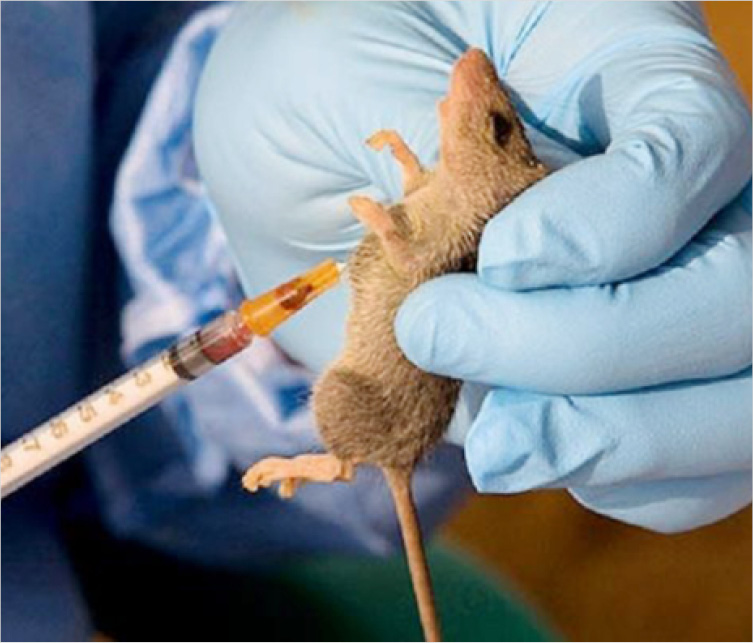4 maybes to change what you know about Lassa fever
High atmospheric temperature, the winds and low humidity signal it is disease outbreak season. Those conditions make the spread of infectious diseases common. These days, the National Centre for Disease Control has warned states to step up preparedness for outbreak season: Lassa fever, Yellow fever and cerebrospinal meningitis. Lassa has been knocking around every year […]

Lassa fever
High atmospheric temperature, the winds and low humidity signal it is disease outbreak season. Those conditions make the spread of infectious diseases common.
These days, the National Centre for Disease Control has warned states to step up preparedness for outbreak season: Lassa fever, Yellow fever and cerebrospinal meningitis.
Lassa has been knocking around every year for 50 odd years. It is even named after the Borno community where it was first identified in the 40s. But there’s still not much known about it.
What’s known is that the mastomys rodent carries it but is not affected.
“From all data we have collected, there are little gaps we have to fill, we have to answer those questions,” says epidemiologist Elsie Ilori, who leads a working group of experts on Lassa fever at the NCDC.
The centre has been convening media and civil society organisations from states to gear up for outbreak season.
1. The drug question.
You are better off taking precaution to avoid a Lassa infection in the first place. For an infection, however, the best bet is early identification and prompt treatment using the drug Ribavirin. Management lasts 10 days, according to what’s known at present.
But across treatment centres, some patients have been treated for 10 days and still ill, says Ilori. No one knows why.
2. Link to strain
One possibility is the observations in patients under management are linked to particular strains of Lassa virus behind the outbreak.
Five strains of the virus are in Africa, three of them in Nigeria.
Surge in outbreaks prompted experts to sequence the DNA, which has since shown the strain knocking about has not changed or been replaced by any other.
“It is the same strain, and we are having more of animal-to-human transmission,” says Ilori.
3. Growing knowledge
The anti-Lassa efforts have come a long way since the 1940’s. Surveillance has increased, people are more aware and laboratory testing has become more sensitive. That may also be one reason more cases are emerging.
4. A different rodent?
For long, Lassa fever has been linked to a known vector, the multimammate African rodent. Ongoing cases have been identified in locations with no presence of the mastomys, as it is called, suggesting research might consider whether the vector rodent is different from what’s known.
“We did a rodent survey but could not find the mastomys rat, but yet there were Lassa cases from [those locations],” says Ilori.
“It is all maybes. In science you can’t work with maybes, so it is those maybes we want to prove.”
The gaps in what’s knowledge about Lassa fever has promoted the World Health Organisation to categorise it among diseases with lots of information gaps, warranting deeper international research.
At universities and in labs, pockets of research into Lassa fever have been done or are ongoing.
“We want to bring it all out and blow it up to national level,” says Ilori.
